Cultural SERIES • Project FEATURE
Light, Space and Thought – Innovation Hub Library by Paredes + Alemán Arquitectos

Bathed in natural light and surrounded by trees, the Innovation Hub Library is a thoughtful expression of learning and creativity.
The building opens itself to the landscape and places knowledge at its heart, inviting students to explore, invent and connect. Rising at the core of Colegio Maya’s lush campus in Santa Catarina Pinula, the Innovation Hub Library is both a physical and conceptual anchor for the school’s academic transformation. Designed by Paredes + Alemán Arquitectos as part of a long-term masterplan in collaboration with Flansburgh Architects, this project goes beyond function—it reimagines how spaces for learning can shape the future of education. The defining gesture of the building is its central, double-height space lined with bookshelves—an architectural move that asserts the importance of research and reading in a time when digital learning increasingly dominates. Every element of the project orbits this space, from design labs to classrooms and terraces, affirming the enduring value of knowledge.
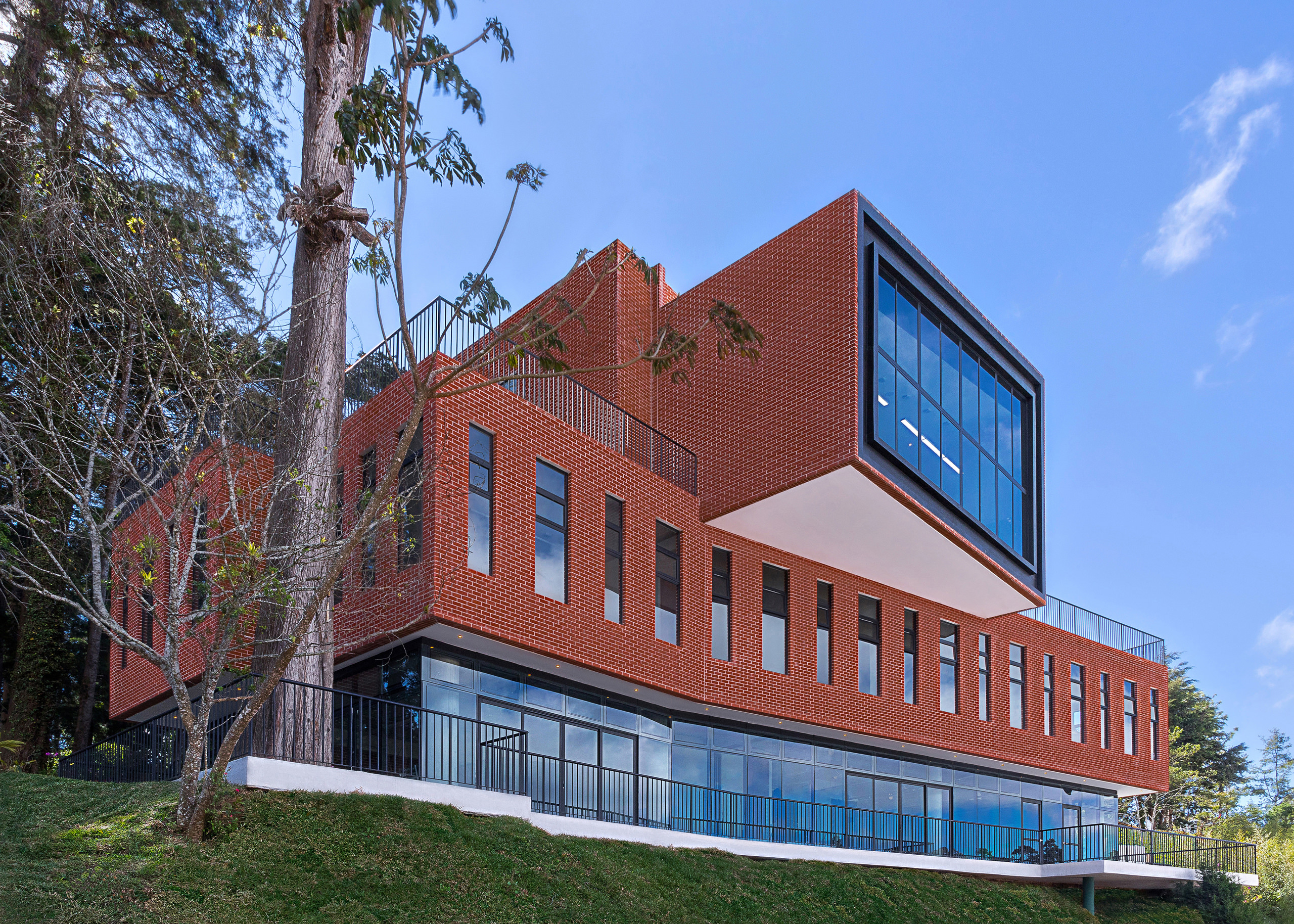

"Architecture designed for the future that honors the wisdom of the past, even in an age of screens, books still matter"
Spanning 1800 square metres, the Innovation Hub unfolds over three storeys, each connected not only vertically but visually and conceptually. On the ground level, a library for upper school students is joined to technology labs and a teaching kitchen. The second floor houses art studios and workshops, while the upper level hosts a 100-seat presentation room and a separate library for the lower school.
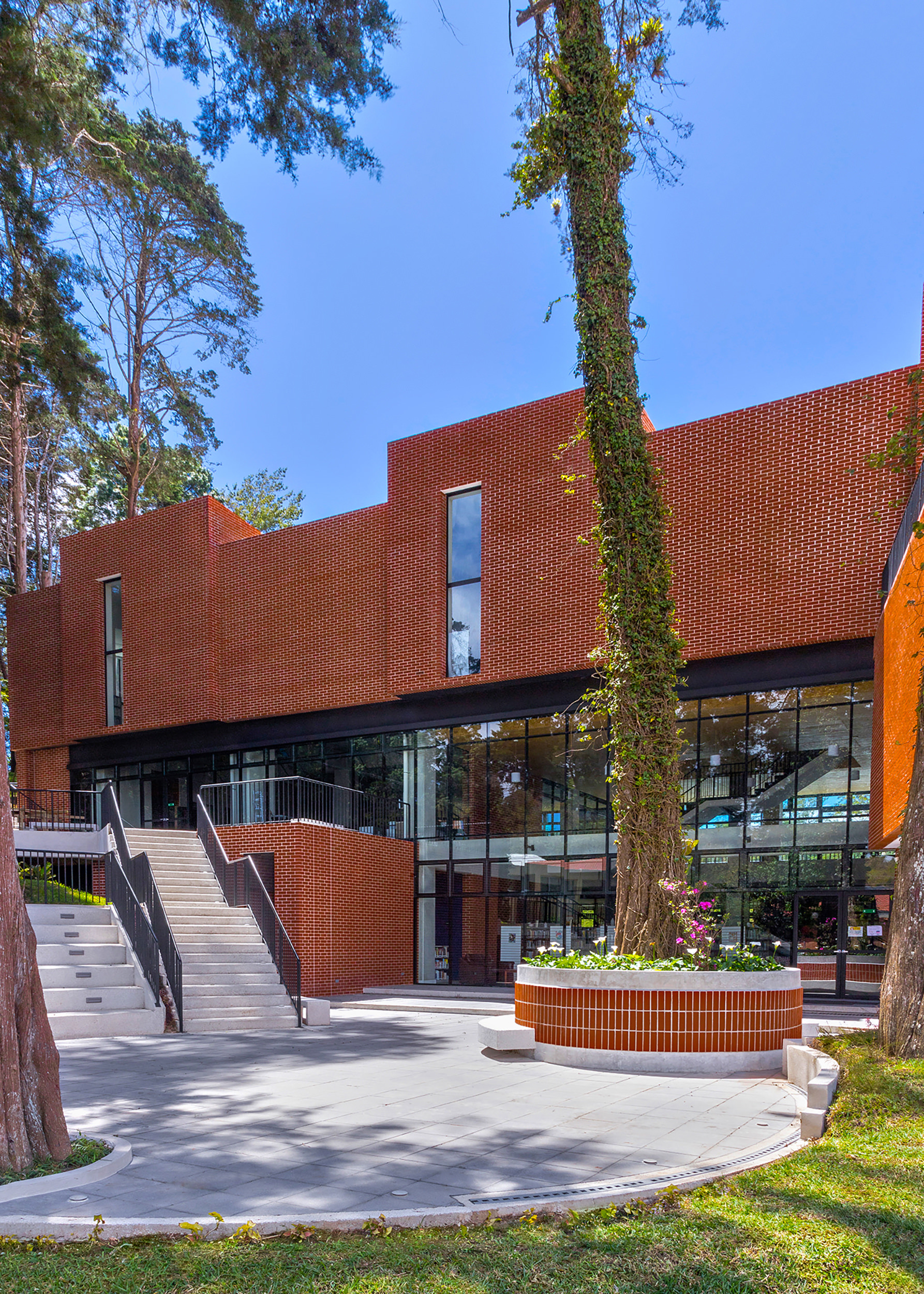
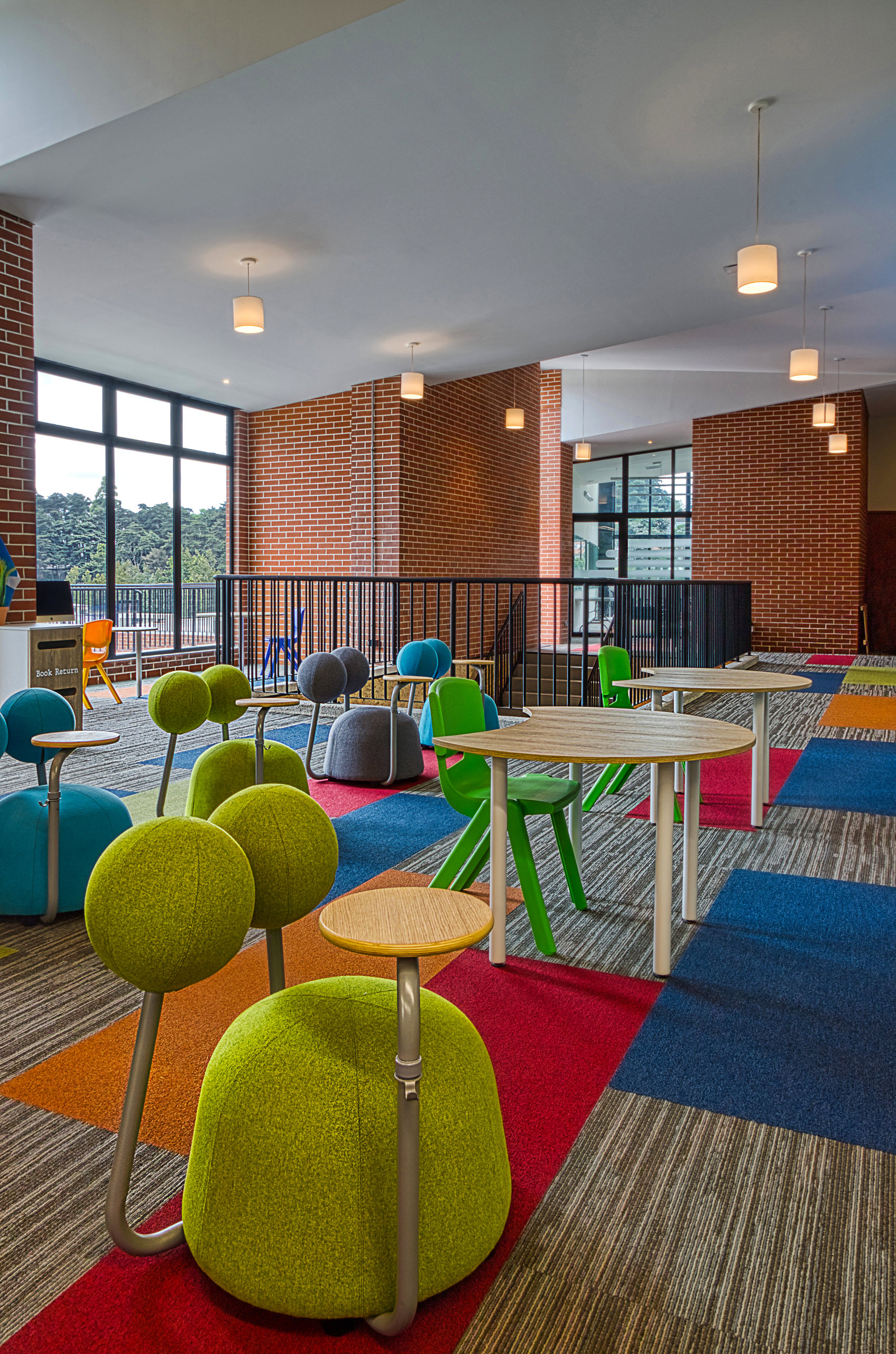
Set into a steeply sloped site, the building uses the terrain to its advantage. Each level opens directly to the outdoors, creating a seamless relationship between interior learning spaces and exterior gardens. The rooftops become terraces for outdoor study, encouraging students to move freely and engage with their environment as part of the educational process.
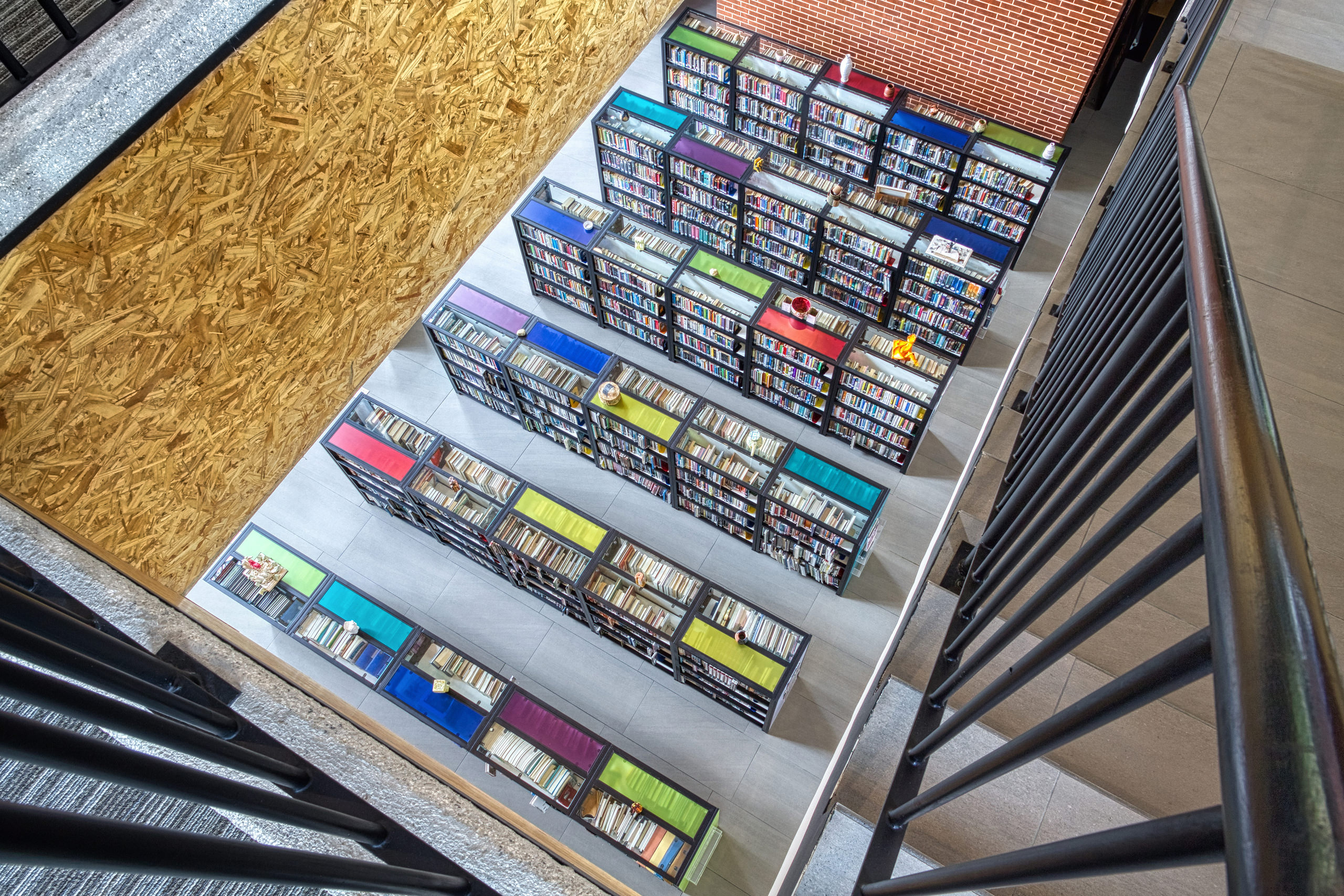
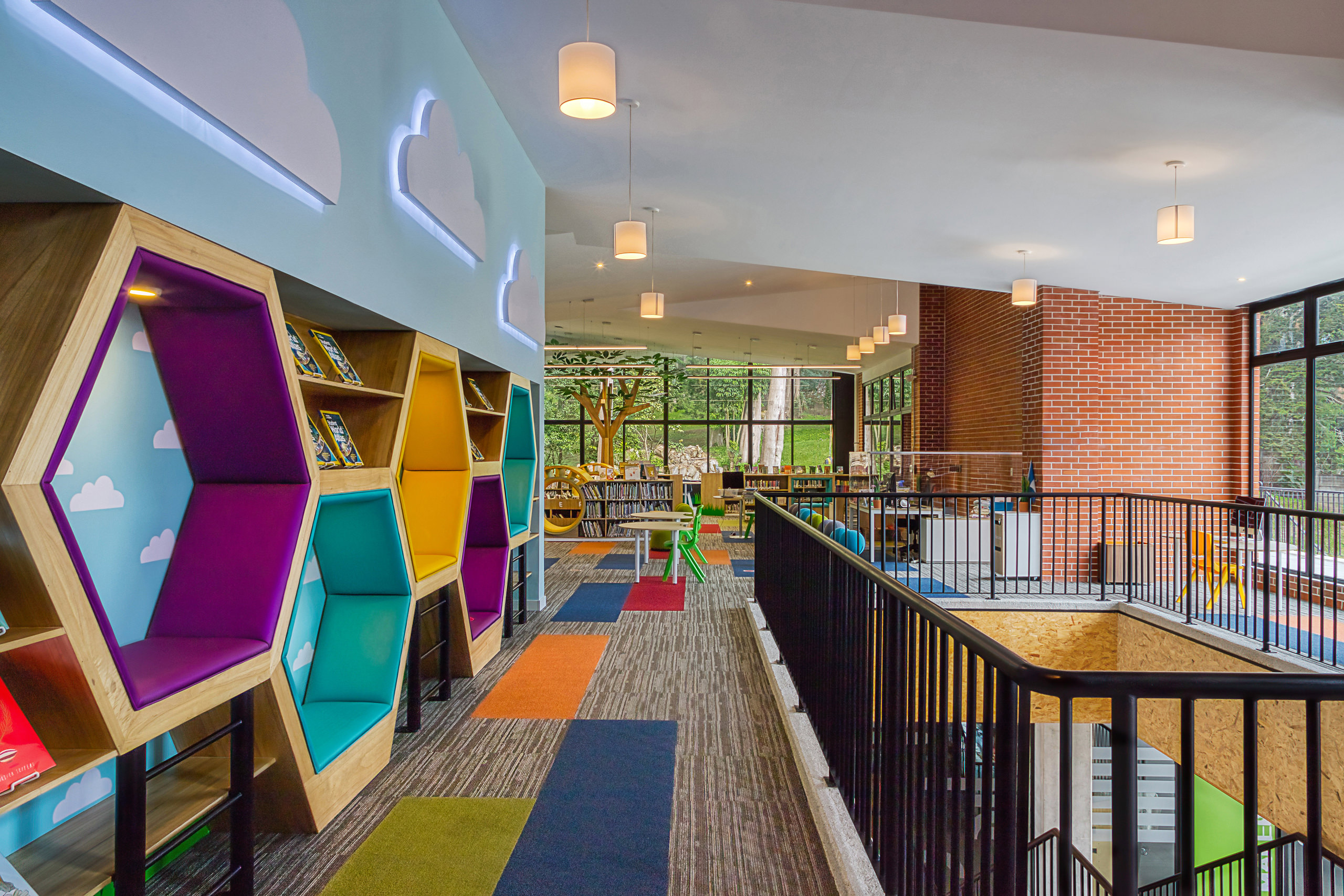
"Rooted in tradition and looking to the future, this building embraces light, nature and learning as essential tools for shaping resilient, creative generations."
From the front of campus, the Innovation Hub asserts itself as a modern landmark, poised and clear in its architectural language. Yet from the natural playscape behind, the building dissolves into the tree line—its mass broken up, its presence softened. This dual identity mirrors the school’s holistic approach to education: rigorous and structured, yet rooted in exploration and play.
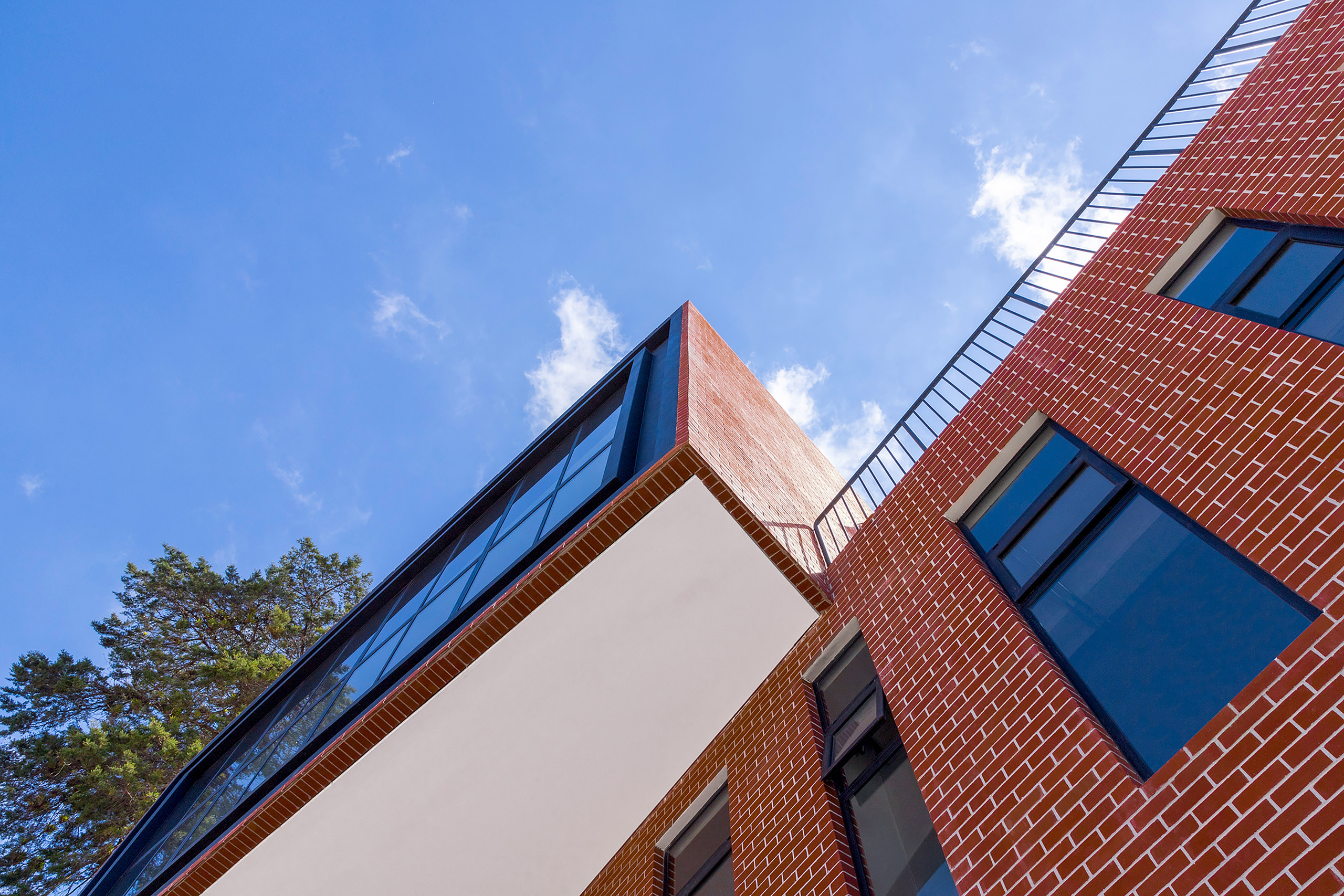
The design relies heavily on passive environmental strategies, such as operable windows and cross-ventilation, to create a healthy and comfortable interior. Generous openings ensure ample daylight, reducing the need for artificial lighting. These sustainable choices are not only environmentally conscious but support student well-being—a guiding principle in the architects’ vision. Perhaps most significantly, the building fosters a culture of collaboration and innovation. By removing barriers between disciplines and encouraging movement between interior and exterior, formal and informal settings, the design creates opportunities for spontaneous creativity and shared learning. It is a space built not just for education, but for transformation. In a post-pandemic world, the principles underlying this project feel more urgent than ever. Natural ventilation, mental wellness, flexible use of space, and integration with nature are not just desirable—they are essential. With the Innovation Hub, Colegio Maya and Paredes + Alemán Arquitectos offer a model for what educational architecture can and should be: responsive, inclusive, and profoundly inspiring.